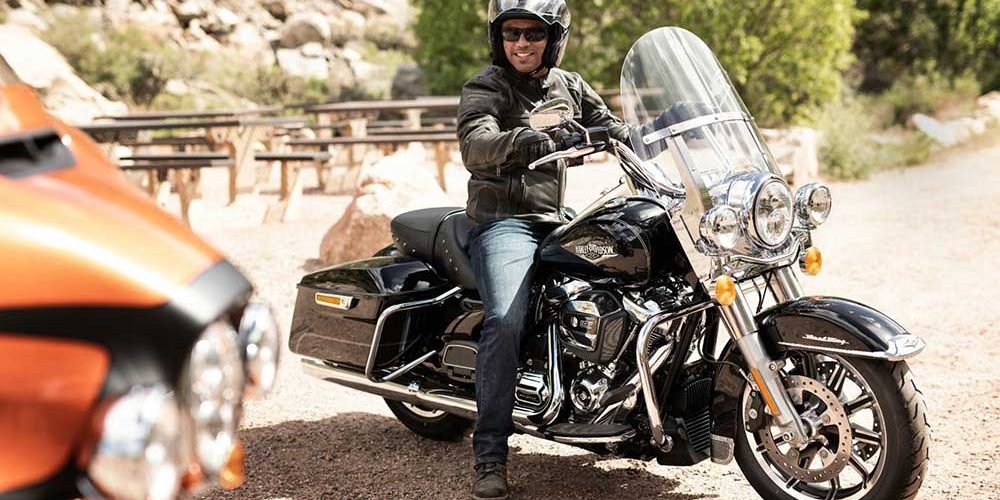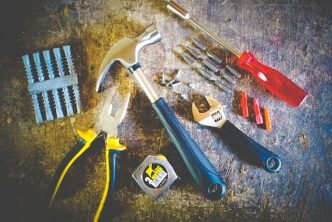Embarking on a motorcycle road trip is an adventure, filled with exploration and unforgettable experiences on the open road. Whether you’re planning a weekend getaway or a cross-country expedition, packing the right gear is crucial to ensure a safe, comfortable, and enjoyable journey. From protective gear to practical essentials, here’s a comprehensive guide on what to bring with you on your next motorcycle road trip.
Table of Contents
Protective Gear
- Helmet: Invest in a high-quality, DOT-approved helmet that fits snugly and provides maximum protection. Look for features such as impact absorption, ventilation, and a visor for optimal visibility.
- Riding Apparel: Dress appropriately for the weather conditions with durable riding gear, including a motorcycle jacket, pants, gloves, and boots. Opt for materials like leather or abrasion-resistant textiles for added protection.
- Eye Protection: Sunglasses or a tinted visor shield your eyes from glare, debris, and insects, enhancing visibility and reducing fatigue during long rides.
Mechanical Essentials
- Toolkit: Carry a compact toolkit with essential tools for basic repairs and maintenance tasks, such as adjusting mirrors, tightening bolts, and fixing minor mechanical issues on the road.
- Tire Repair Kit: Be prepared for unexpected punctures or flats with a tire repair kit containing patches, plugs, a tire pressure gauge, and a portable air pump to inflate tires.
- Spare Parts: Pack spare fuses, light bulbs, and other small parts specific to your motorcycle model to address common breakdowns and electrical issues.
Navigation and Communication
- GPS Device or Smartphone Mount: Stay on course with a reliable GPS device or smartphone mount, allowing you to navigate unfamiliar routes and access real-time traffic updates without distractions.
- Communication Device: Stay connected with fellow riders or emergency services using a two-way radio, Bluetooth intercom system, or smartphone app for communication on the road.
Comfort and Convenience
- Hydration System: Stay hydrated during long rides by using a hydration pack or water bottle holder mounted on your motorcycle, ensuring easy access to water without frequent stops.
- Snacks and Energy Bars: Pack lightweight, non-perishable snacks like nuts, energy bars, and dried fruits to fuel your body and maintain energy levels during extended rides.
- Rain Gear: Be prepared for inclement weather with waterproof rain gear, including a rain jacket, pants, and boot covers to keep you dry and comfortable in unexpected downpours.
Safety and Emergency Supplies:
In the case of an emergency such as a motorcycle accident, not only should you contact a Buffalo motorcycle accident lawyer, you will be prepared with the proper knowledge and tools to keep safe.
- First Aid Kit: Carry a compact first aid kit with essential medical supplies, including bandages, antiseptic wipes, pain relievers, and any personal medications you may need.
- Emergency Contact Information: Keep a list of emergency contacts, including family members, roadside assistance services, and medical facilities, readily accessible in case of accidents or emergencies.
- Reflective Gear and Emergency Lights: Enhance visibility and safety on the road with reflective vests, stickers, or LED emergency lights to increase awareness and signal your presence to other motorists, especially during night rides or low-visibility conditions
Personal Items:
- Identification and Documentation: Carry your driver’s license, motorcycle registration, insurance documents, and any necessary permits or travel visas in a waterproof pouch for easy access and compliance with legal requirements.
- Cash and Credit Cards: Have sufficient funds for fuel, food, accommodations, and unexpected expenses, as well as multiple forms of payment for convenience and flexibility during your journey.
Where to Store These Things on Your Road Trip
- Tank Bag: Ideal for storing small items like maps, sunglasses, and snacks. Some models offer clear pockets for smartphones or GPS devices.
- Saddlebags: Provide ample storage for clothing, camping gear, and tools. Keep weight balanced between both sides of the bike.
- Top Case or Tail Bag: Perfect for larger items or bulky gear. Ensure it’s securely mounted to the rear of the motorcycle.
- Underseat Storage: Utilize any available space under the seat for compact items or emergency supplies.
- Bungee Cords or Cargo Nets: Securely fasten items to the rear seat or luggage rack. Be cautious not to obstruct brake lights, turn signals, or the exhaust system.
- Backpack: Use for carrying personal items or extra gear during short stops or hikes.
Conclusion
Preparation is key to a successful motorcycle road trip, and packing the right gear ensures your safety, comfort, and peace of mind throughout the adventure. Prioritize protective gear, mechanical essentials, navigation tools, comfort items, safety supplies, and personal belongings to streamline your packing process and maximize enjoyment on the road. With proper preparation and a well-equipped motorcycle, you’re ready to hit the open road and embrace the thrill of two-wheeled travel with confidence and enthusiasm.





